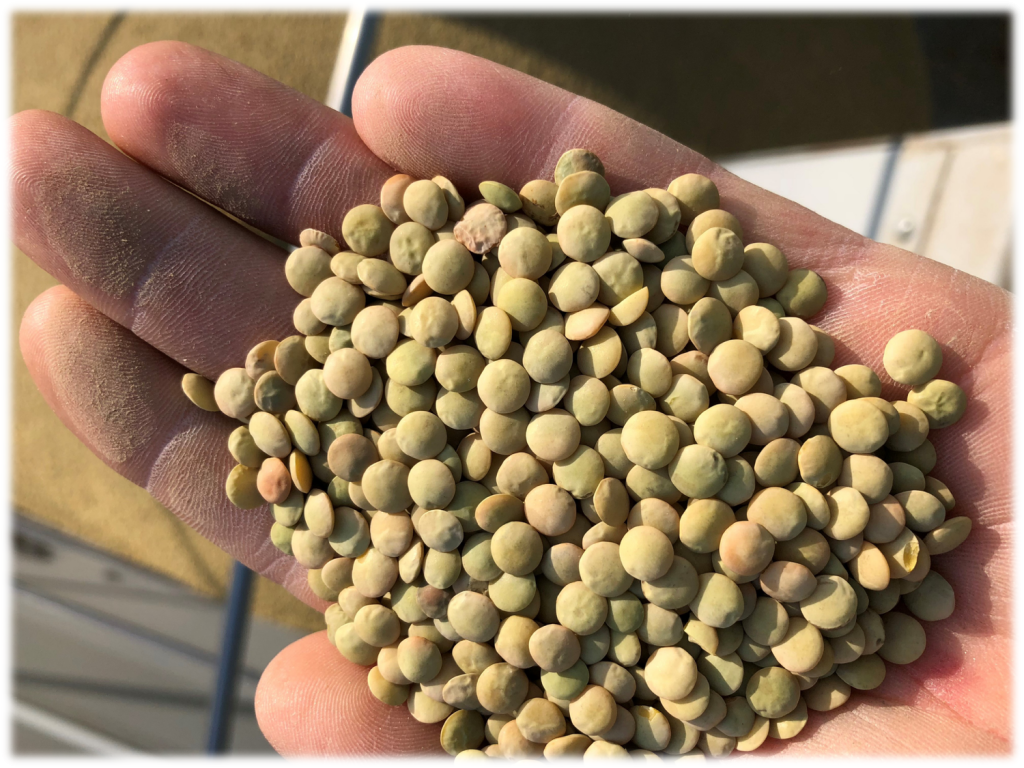
Features
From the Editor: Among Canadians, lentils are small but mighty
January 17, 2022 By Bree Rody
 Lentil seed. Photo courtesy of Axten Farms.
Lentil seed. Photo courtesy of Axten Farms. Make no mistake – the humble lentil is not simply a staple of vegetarians and health food nuts. As Canadians embrace a wider variety of proteins, domestic demand for lentils continues to grow. According to Statistics Canada’s Outlook for Principal Field Crops, published October 2021, domestic use for lentils was higher than the previous year at 0.46 million tonnes, part of a continued upward trend for lentils. Carryout stocks nearly doubled to 0.4 million tonnes – and the average Canadian lentil price increased by 33 per cent, driven primarily by increased demand.
But as with last year, exports continue to be a source of stress for some. Although Indian import tariffs lowered this calendar year, the logistical challenge of a shipping container shortage resulted in further roadblocks. According to StatsCan, for 2020-21, exports fell to 2.3 million tonnes, down 15 per cent from the previous year, with red lentils bearing the brunt of the reduction.
And last summer’s drought in Western Canada is expected to affect lentil production; StatsCan estimates that production will decrease by 37 per cent to 1.8 million tonnes – the lowest for lentils since 2009-10. Supply is expected to be 28 per cent lower as larger carrying stocks partly offset decreased production, and exports are expected to be 18 per cent lower. India remains a leading export market for lentils, along with the United Arab Emirates, Bangladesh and Turkey. The overall average price is expected to be at a record $1,050 per tonne, up 63 per cent from last year.
Despite perceived setbacks, the future looks bright for this small-but-mighty crop. In November, Agriculture and Agri-Food Canada announced an investment of $4.3 million to support Canada’s pulse and special crops farmers to meet growing consumer demand abroad for sustainable, high-quality, plant-based protein.
With every challenge comes great opportunity. Within this issue, you’ll find the latest research to help you make the most of your growing season. On page 4, Bruce Barker details recent research efforts in Saskatchewan to find alternatives to dessication to meet the demands of discerning consumers. Further along in the issue on page 6, you’ll read about the efforts to combat the pesky weed kochia, which continues to cause trouble across the Prairies and appears to be resistant to Group 2 herbicides. We also explore the benefits of intercropping systems that include pulses (page 10), as well as how diverse crops can improve soil quality (page 12).
As you look ahead to the 2022 season, we hope this issue will fill you with confidence and clarity as a grower and decision-maker.